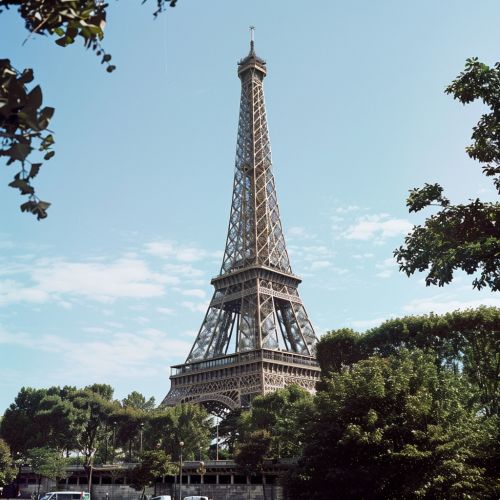Eiffel Tower
History
The Eiffel Tower, known in French as "La Tour Eiffel", is a wrought-iron lattice tower located on the Champ de Mars in Paris, France. Named after the engineer Gustave Eiffel, whose company designed and built the tower, it has become a global cultural icon of France and one of the most recognizable structures in the world.
The Eiffel Tower was initially criticized by some of France's leading artists and intellectuals for its design, but it has become a beloved symbol of French ingenuity and elegance. It is also a testament to the transformative power of design and engineering.


Design and Construction
The Eiffel Tower was designed by Gustave Eiffel's company, Eiffel & Compagnie. The chief engineer was Maurice Koechlin. The design was conceived as part of a competition for the 1889 Exposition Universelle (World's Fair) held in Paris to celebrate the 100th anniversary of the French Revolution. The proposal from Eiffel's company was chosen out of more than 100 submissions.
The construction of the Eiffel Tower began in 1887 and was completed in 1889. It was assembled using more than 18,000 individual iron pieces, each designed and calculated to ensure that the structure would be able to withstand wind forces. The precision of the construction process was such that the margin of error in positioning the iron pieces was just 2 millimeters.
Structure and Features
The Eiffel Tower stands at a total height of 330 meters (1,083 feet), including antennas, making it the tallest structure in Paris. It held the title of the world's tallest man-made structure until the completion of the Chrysler Building in New York City in 1930.
The tower has three levels that are accessible to the public. The first and second levels house restaurants, while the third level, at a height of 276 meters (906 feet), is an observation deck. The tower also features a unique lighting system that makes it a spectacular sight at night.
Cultural Significance and Legacy
The Eiffel Tower has had a significant impact on popular culture, appearing in numerous films, television shows, songs, and works of literature. It has also inspired the design of many other towers around the world, including the Blackpool Tower in England and the Tokyo Tower in Japan.
Despite initial criticism, the Eiffel Tower has become a symbol of French national pride and a beacon of human achievement in the field of engineering. It attracts millions of visitors each year, making it one of the most visited paid monuments in the world.
